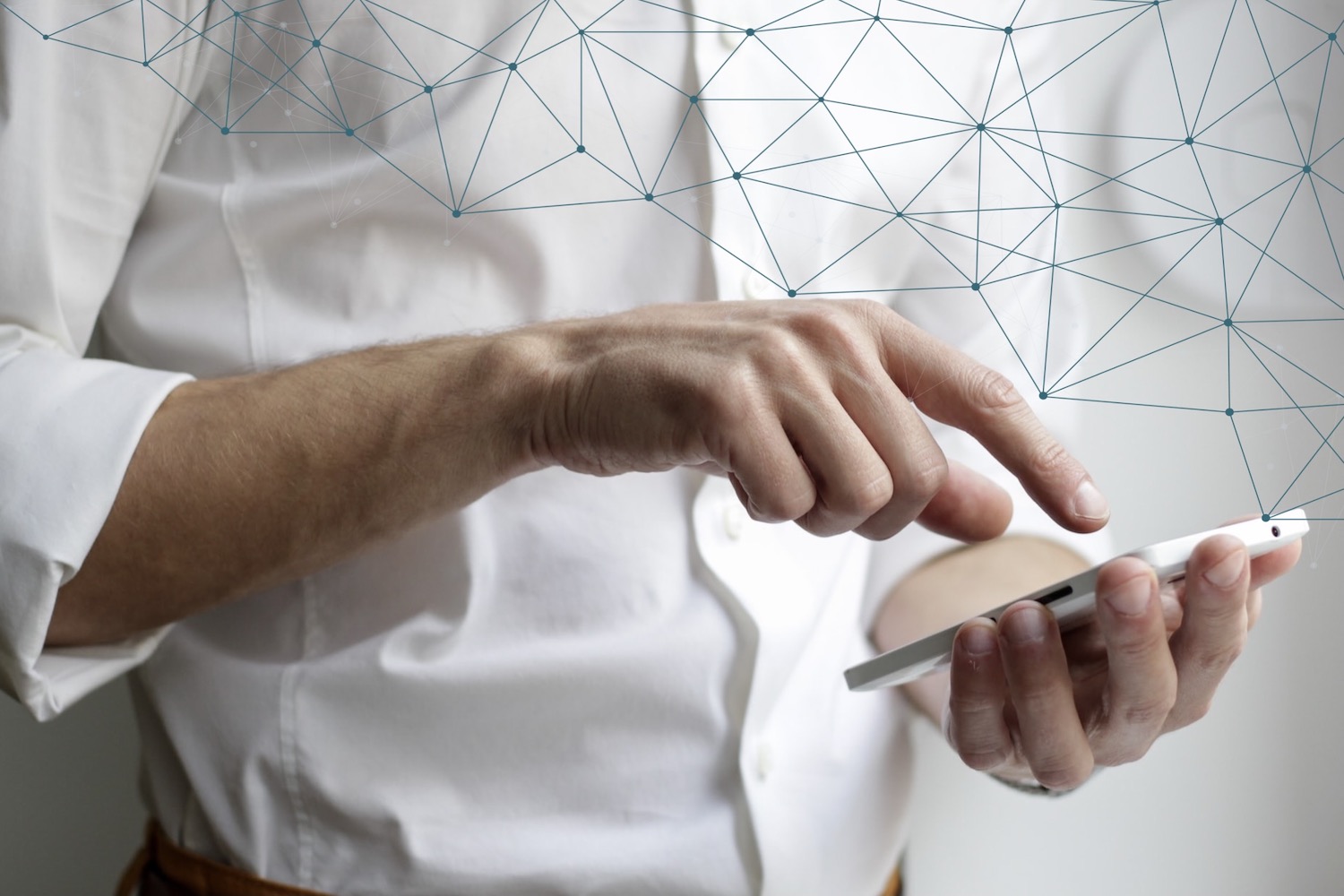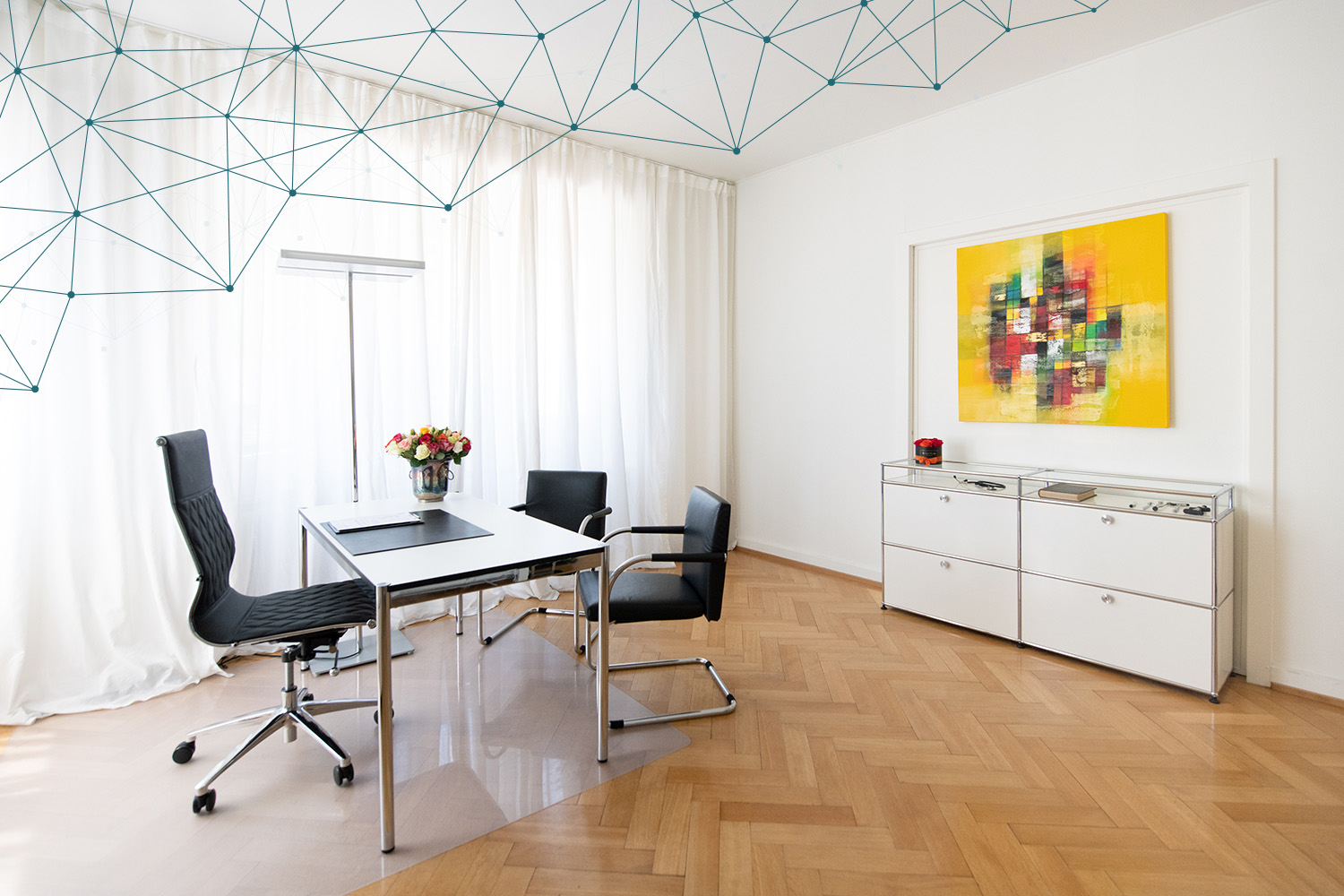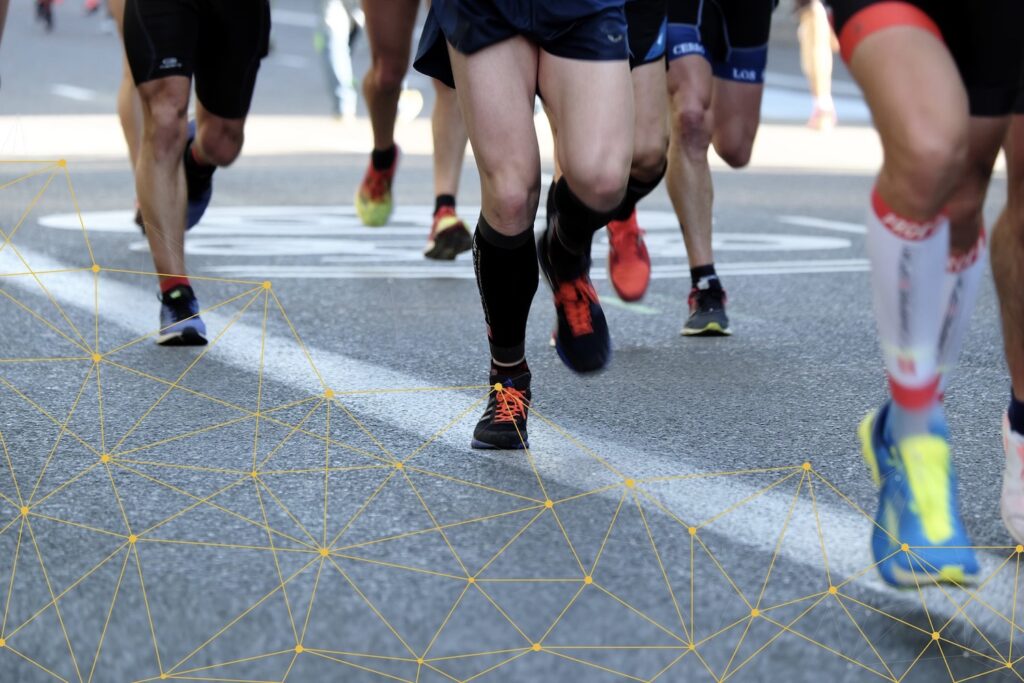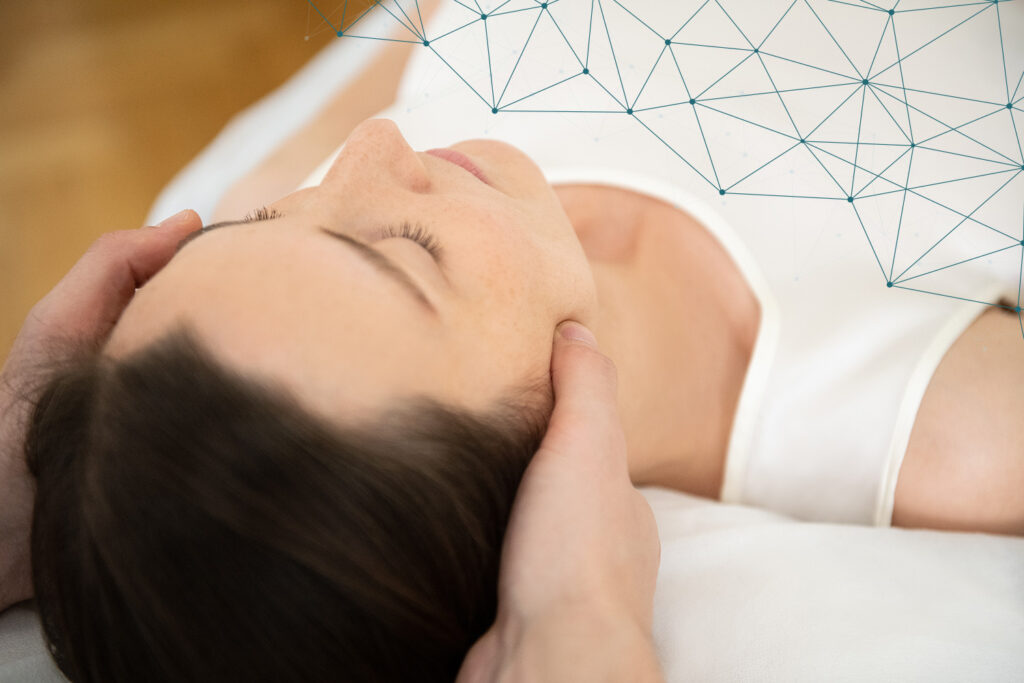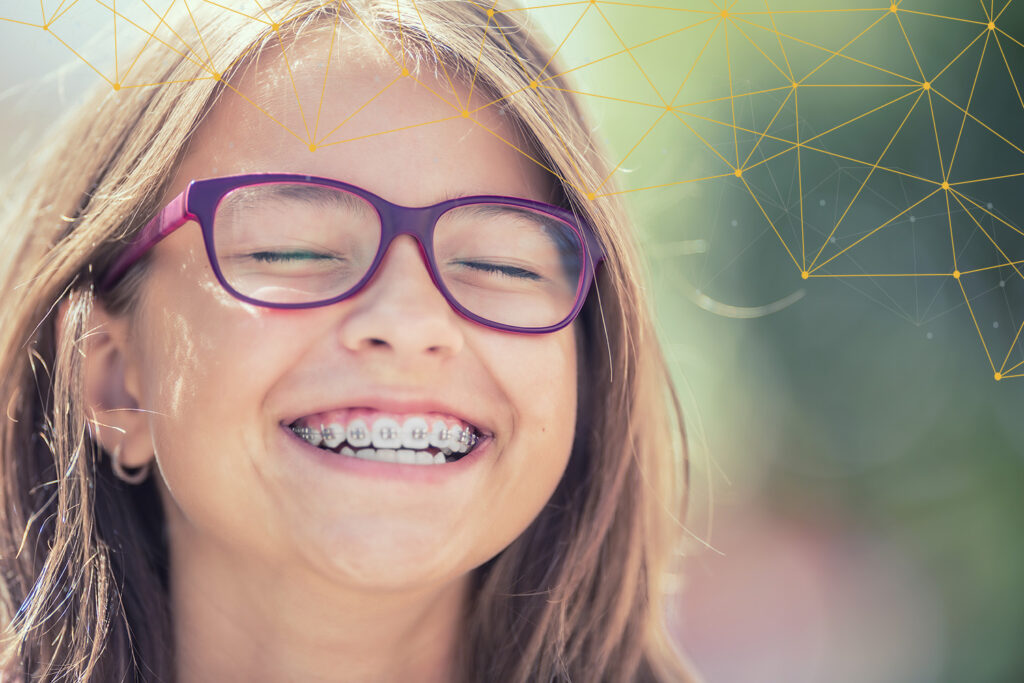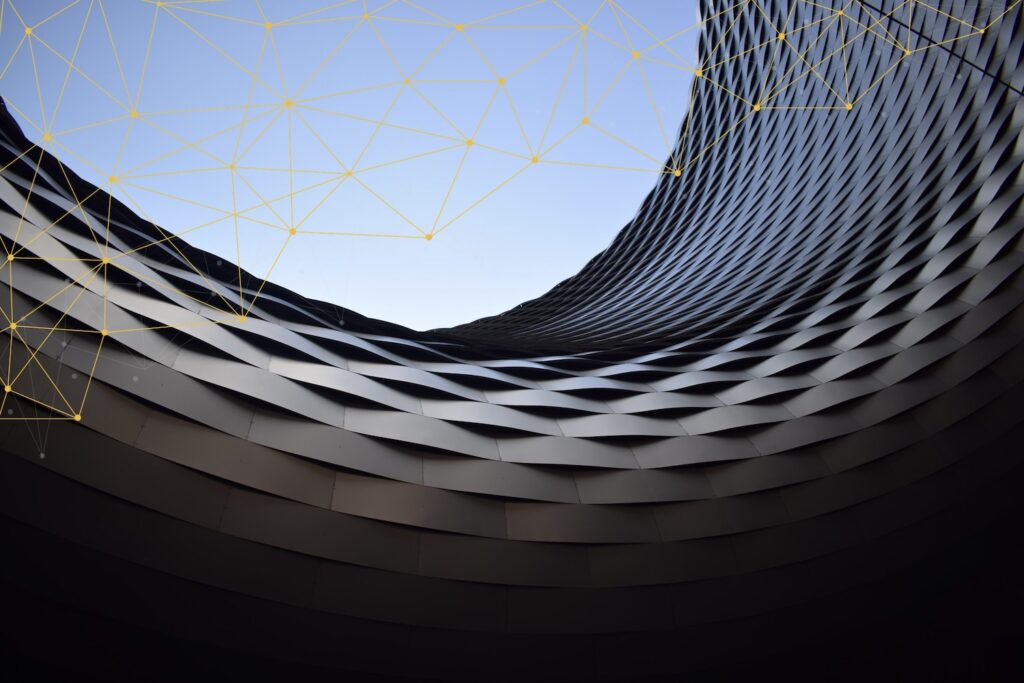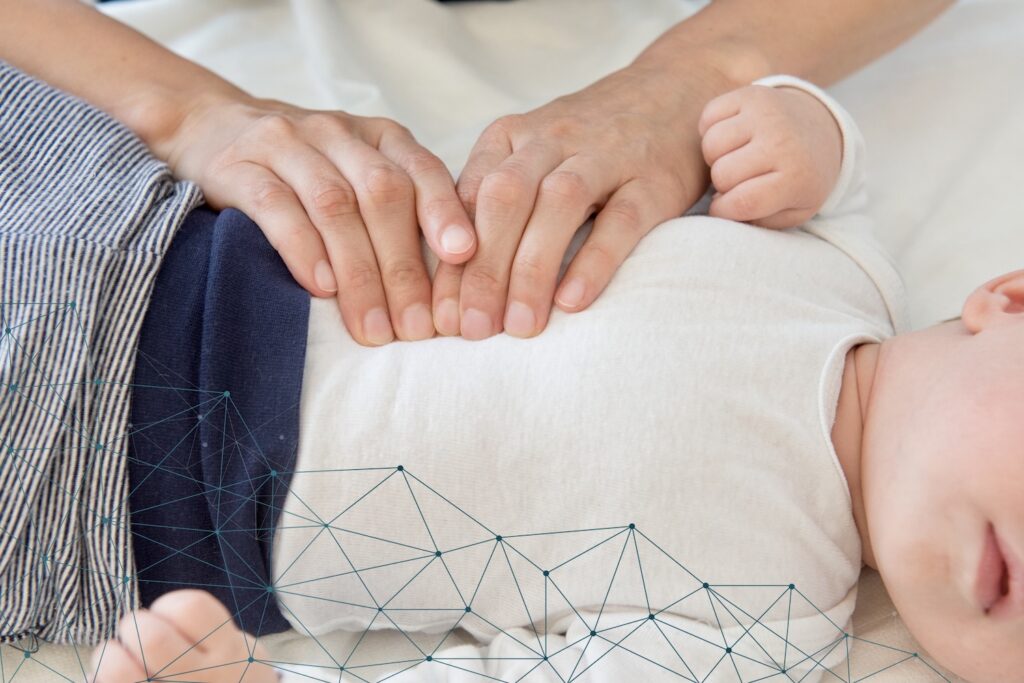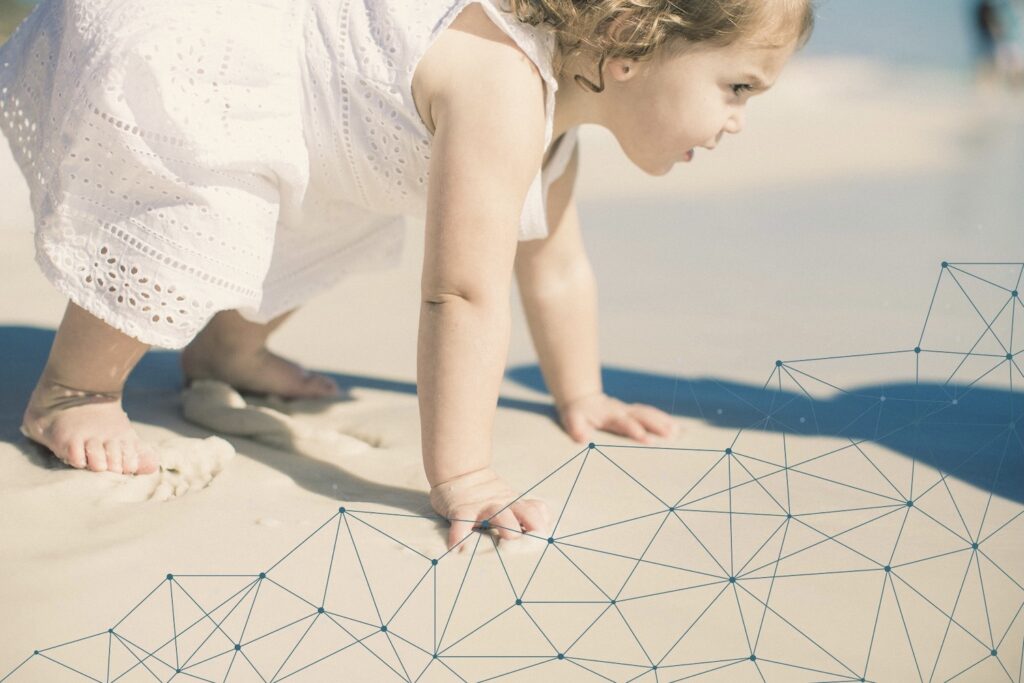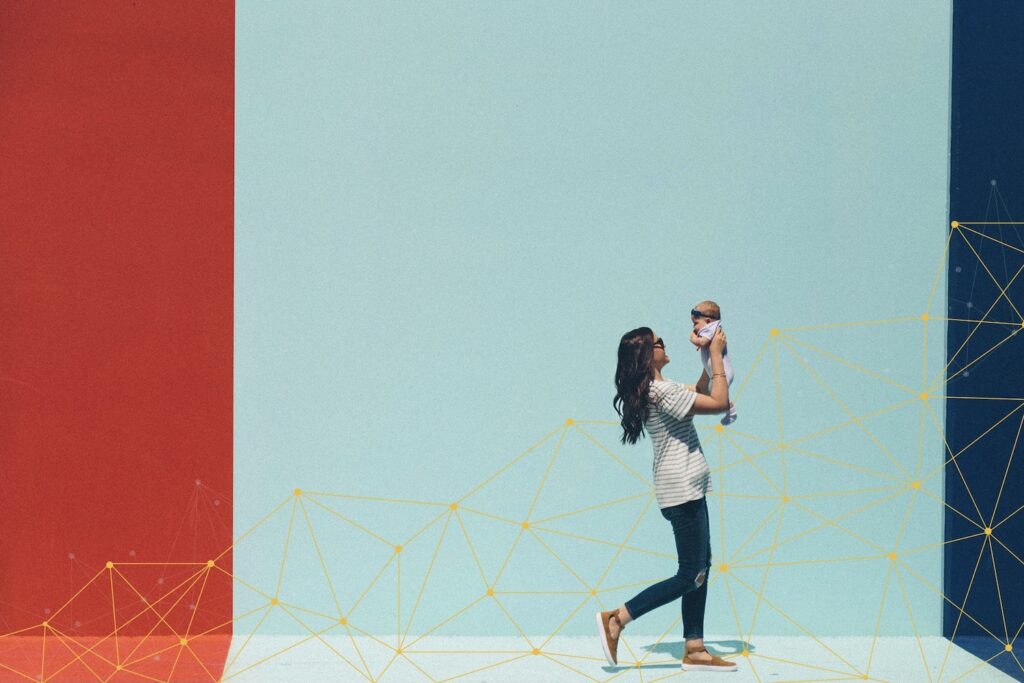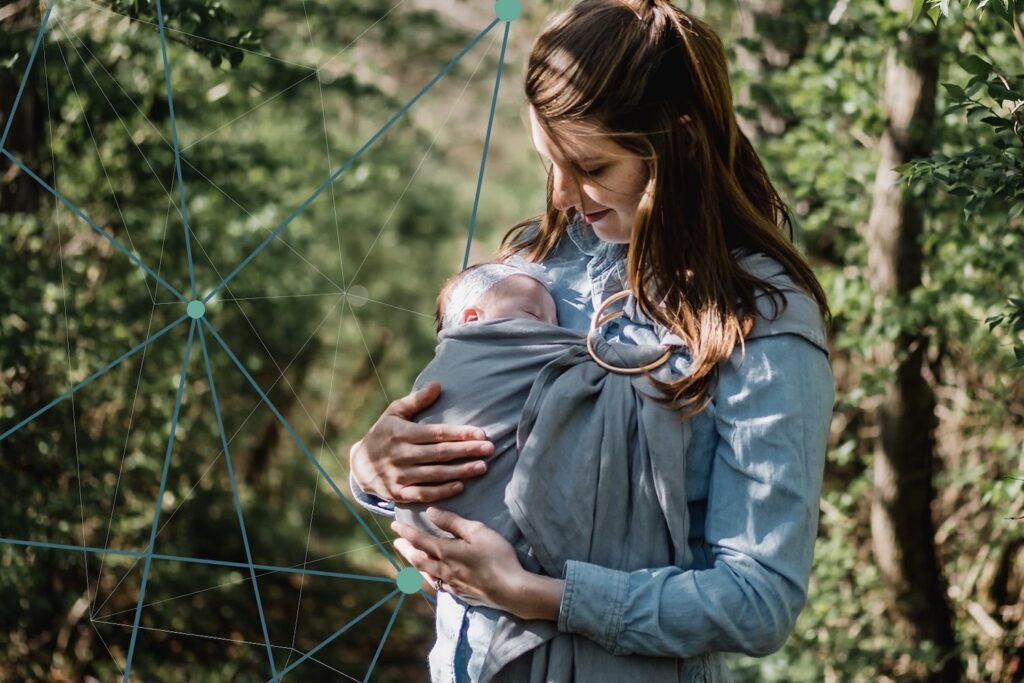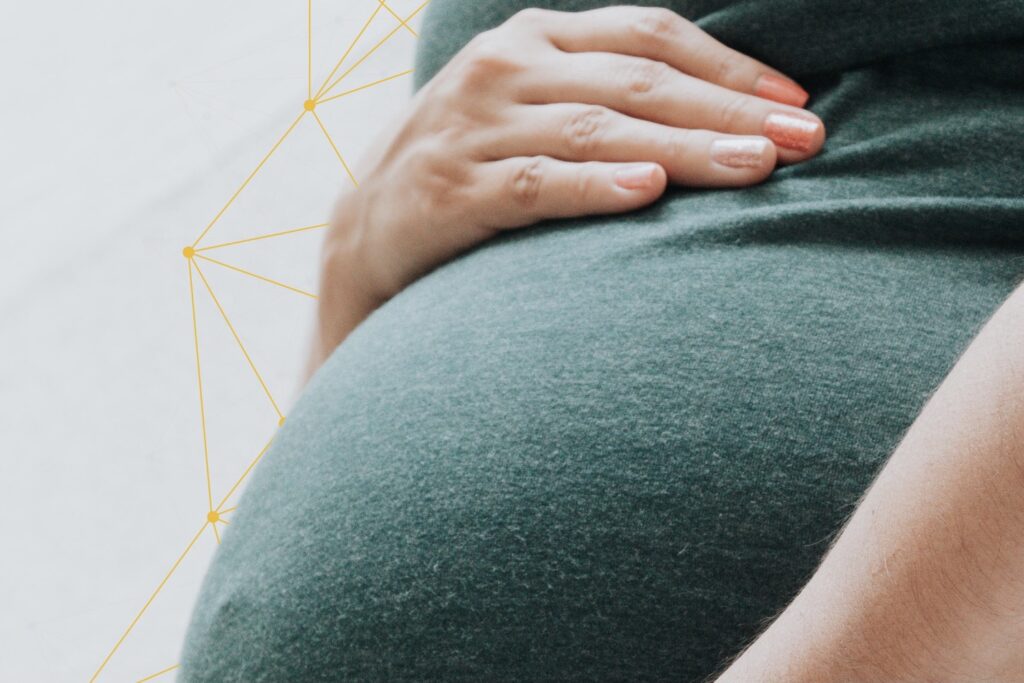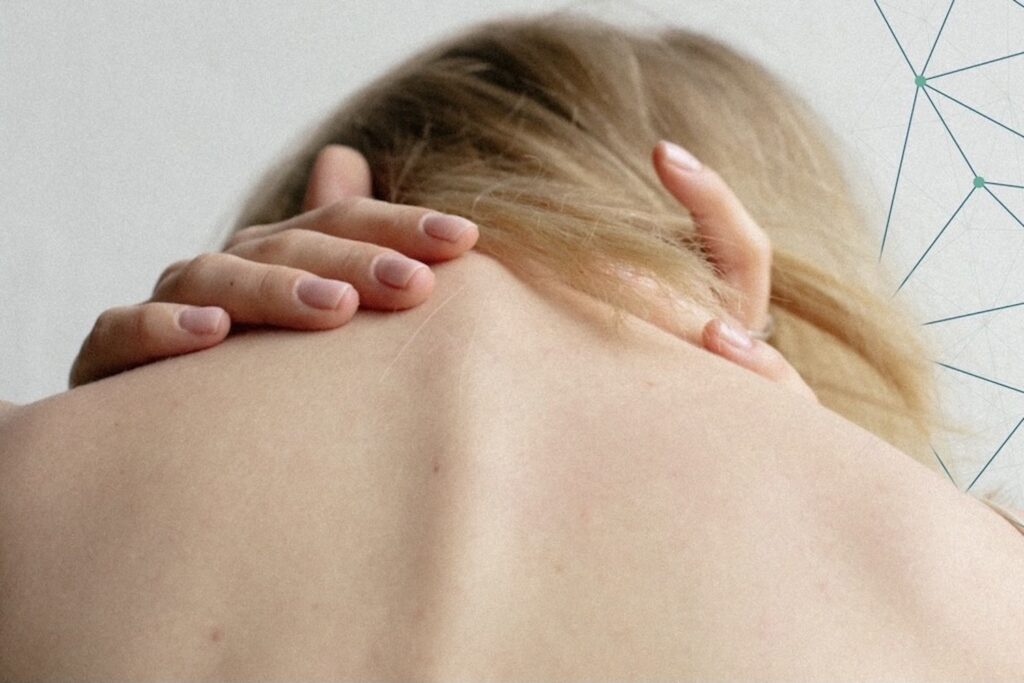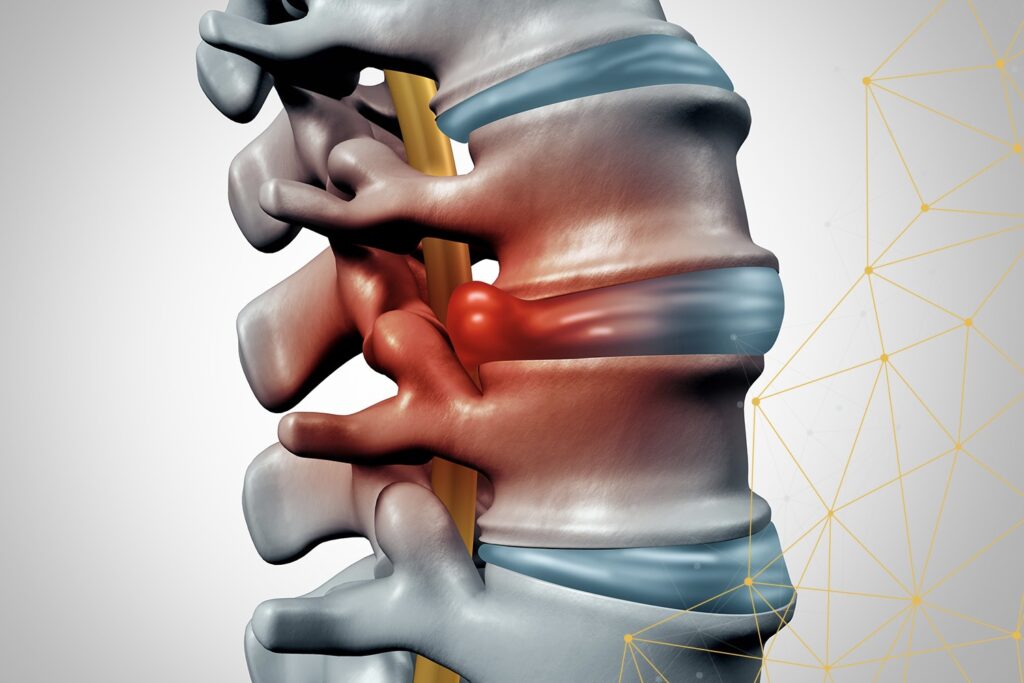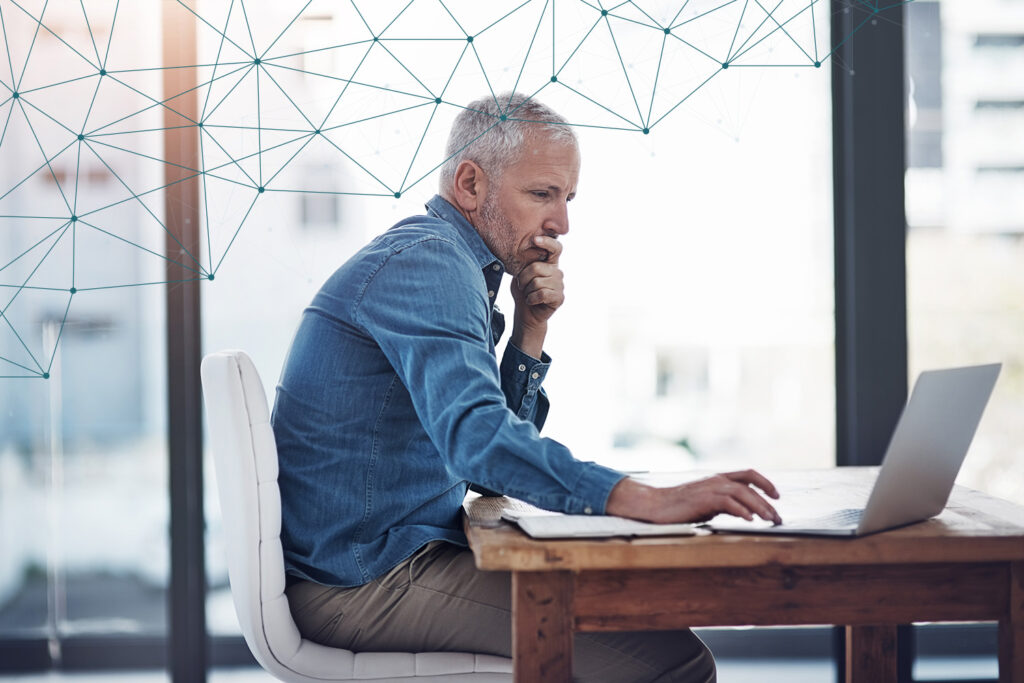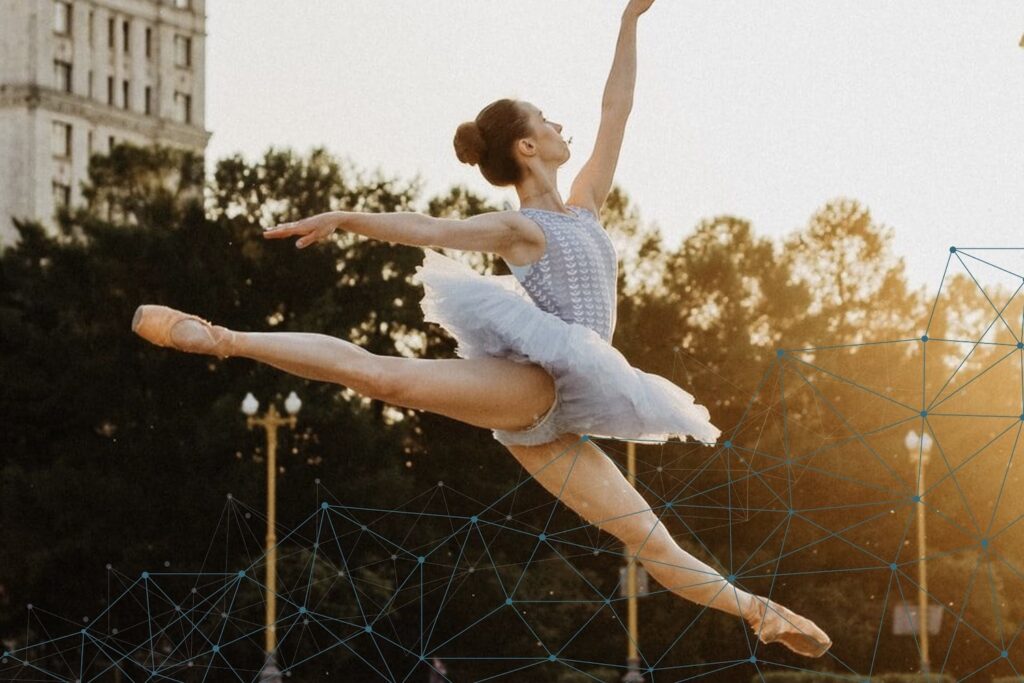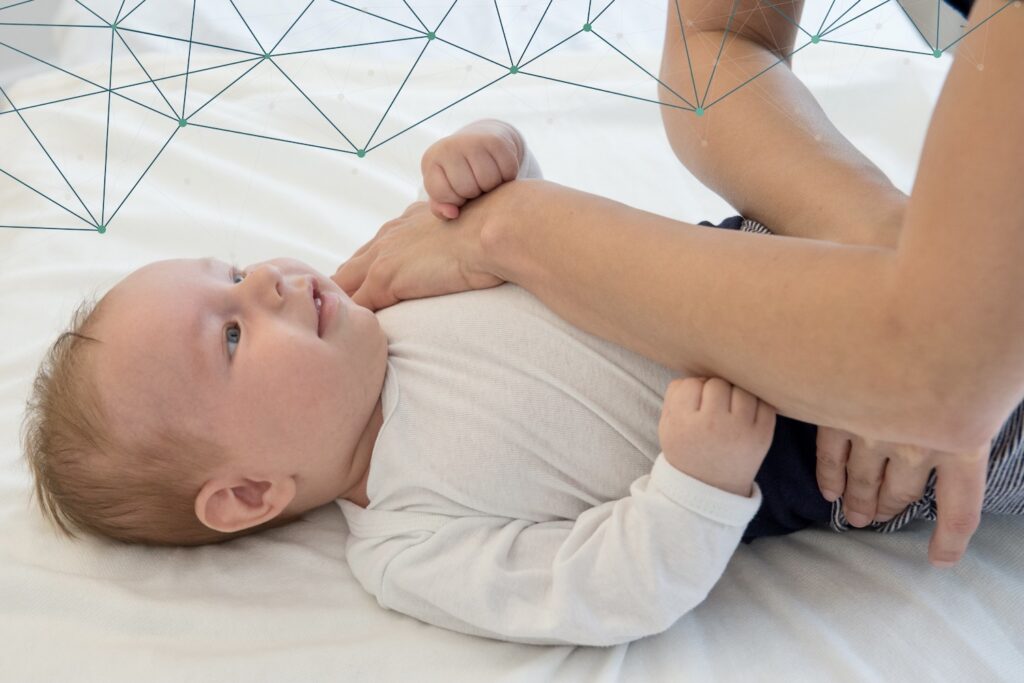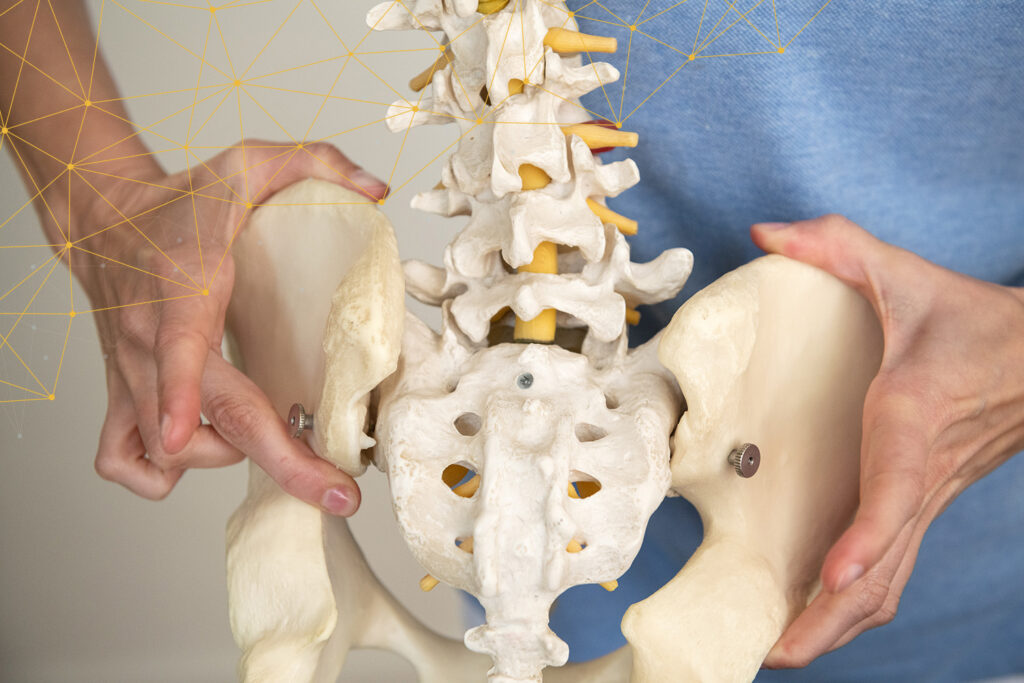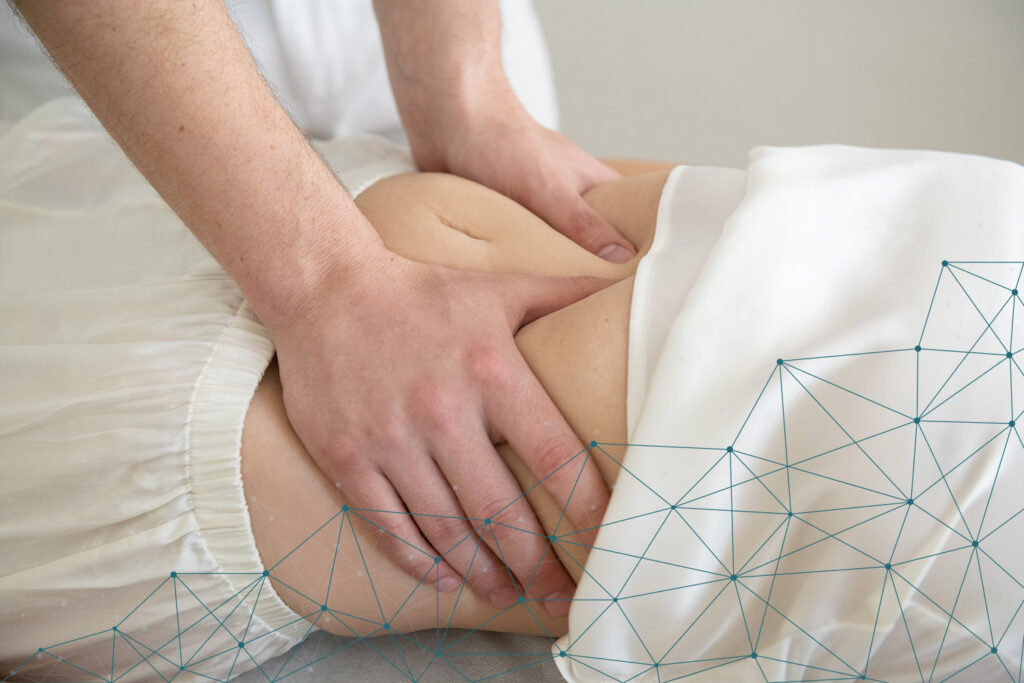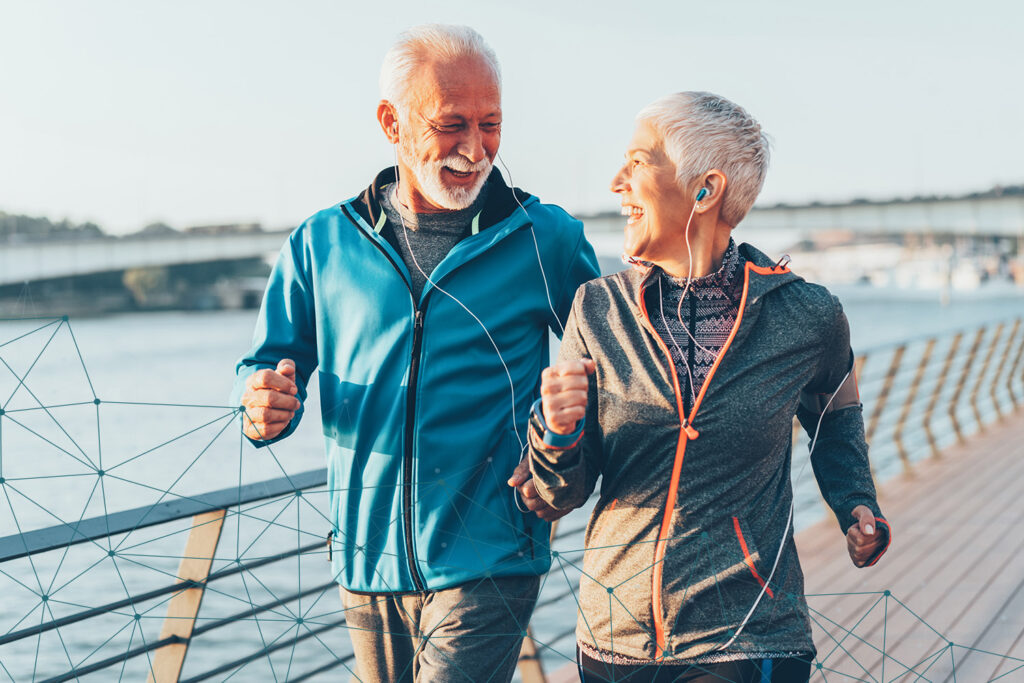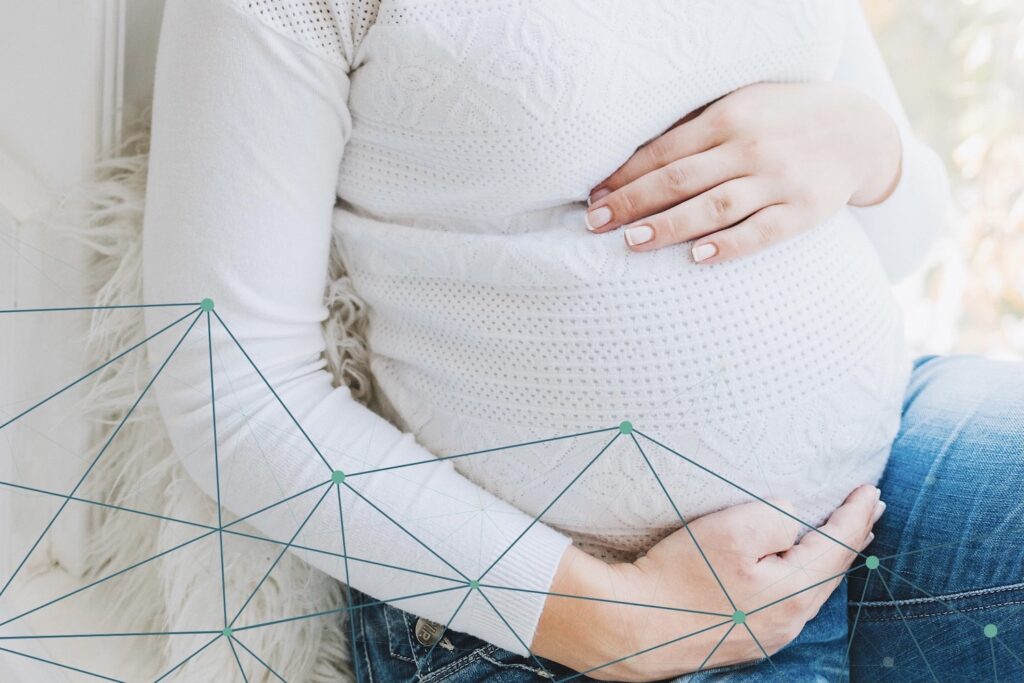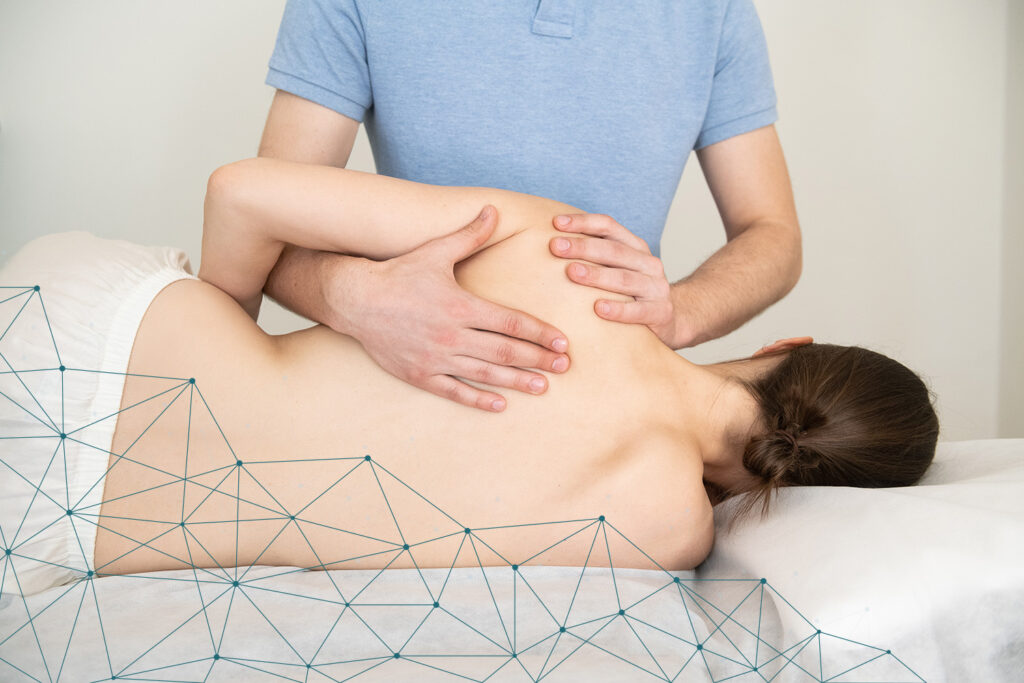Ergonomic babywearing?
Carrying system for babies
If you are looking for a good carrying system for your baby, you will quickly realise that there are different options: from ready-made carriers (put on and buckle up) to long slings that you tie around the body.
Exactly which system you choose depends a little on your own preferences, but very important above all is that the system is ergonomic. What exactly is ergonomics and why is it so important?
When is a carrying system ergonomic?
The M-position
If you look closely at your baby, you will see some typical postures and reflexes. For example, you will see the Moro reflex when a baby is frightened. It shows up just like a little monkey that instinctively clings to its mother when it is about to fall.
When you lift a baby, it automatically spreads its knees into a kind of M-position. This position is a very natural way to carry your baby and offers many advantages:
Hip position: the hips sit exactly in the hip socket, providing the perfect stimulation for the hip joints to mature. Especially for children who have been in breech position or have an increased risk of hip dysplasia, it is beneficial to spend many hours in an ergonomic carrier!
Physiological curvature of the spine: Babies do not yet have the double S-curve like adults. However, they do have a very rounded back. The curvature of the spine changes when the baby starts to pull itself up on furniture.
Digestive complaints
Due to the contact of his belly with your body in this M-position, your movements massage your baby’s intestines. This is beneficial if he occasionally suffers from colic.
Head support
It is also very important to ensure that the baby’s head cannot move in all directions and that the neck is well supported. With a sling carrying system this is not necessary as there are enough strips around the body so the neck is already well supported. If this is not the case, a neck roll is supplied to support the neck.
Baby to you
When being carried, your child can be very attentive and begin to perceive the big world with its eyes. These are huge impressions for such a small child. Even as an adult, you can be very tired after a busy day full of impulses.
It is therefore wonderful if you isolate yourself from these impressions and go to sleep to rest. This is also a benefit of ergonomic carrying. When your little one has had enough of all the impressions, he snuggles up very close to you and can thus isolate himself from all the stimuli and fall asleep.
Tie up tight
Besides the attitude, there is also the security of the carrier. Your little one has normally had 9 months to grow. At some point, the space in the womb becomes quite tight and your baby can no longer move freely. As a result, your baby also takes up a certain position in the womb and curls up into a ball.
After birth, it ends up in this big world, which can have a big effect on such a small being. Carrying your baby can help him feel safe again. The very tight tension of the wrap or carrier means that your little one immediately feels the limits of his or her body, which can have a calming effect.
The non-ergonomic carrying system
Fallschirmhaltung
In a non-ergonomic position, the baby hangs like a parachutist in the baby carrier. The legs do not assume a frog or M position and hang (normally) straight down.
The muscle tension in this little body is quite different: the back is pulled completely hollow, the legs hang out of the hips with their full weight and quite a lot of pressure is put on the pubic bone. In this way, the hip sockets do not get the stimulus to deepen properly. This is not a favourable situation for children at risk of hip dysplasia!
Less head stability
Since you cannot adjust the carrier properly, the support of the neck cannot be guaranteed either, so that the head dangles around.
Looking ahead
Normally, the child in such a non-ergonomic carrier is in a face-forward position so that the small baby can already see the big world. By hanging with the back on the carrier, it is impossible for the baby to protect itself from the many impressions when it is tired.
Less security
Moreover, such carriers are usually not adjustable to the baby and thus a lot of safety is lost.
Haben Sie Fragen zur Osteopathie
und wünschen Sie einen Termin?
Kontaktieren Sie uns per Telefon. Gerne besprechen wir mit Ihnen, wie wir Sie oder Ihr Kind unterstützen können.
Do you have any questions
and would you like an appointment?
Contact us by phone. We would be happy to discuss with you how we can support you or your child.
